A STUDY ON BURIALS:
Headstones, Grave Markers & Tomb Types.
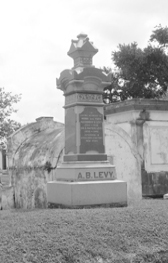
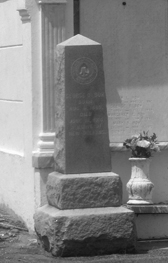
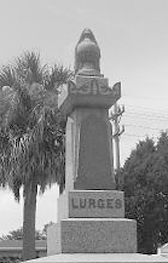
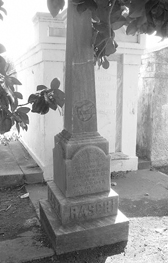
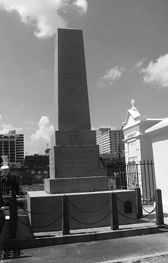
OBELISK
A monumental, four-sided stone shaft that tapers to a pyramidal tip. True obelisks as conceived by the ancient Egyptians are “monolithic,” or made from a single piece of stone. (The literal translation of monolith—a Greek word—is “one stone.” One of the most famous obelisks is also the tallest obelisk in the world, The Washington Monument.
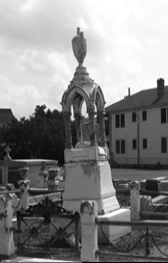
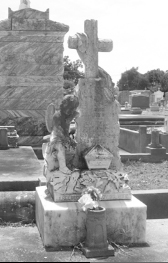

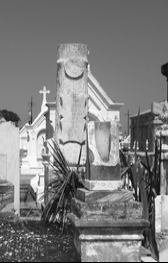
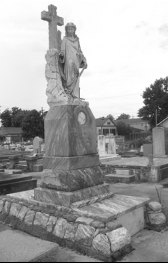
COMPOUND MARKER
A multiple element marker. A marker, or stele, is a headstone, tombstone, or gravestone that is placed over a burial plot. This carved or inscribed stone slab or pillar is used for commemorative purposes, traditional for burials in the Christian, Jewish and Muslim religions, among others.
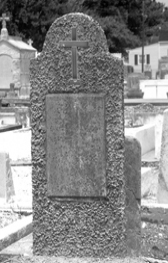
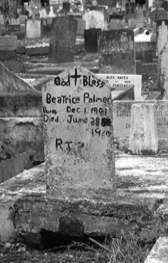

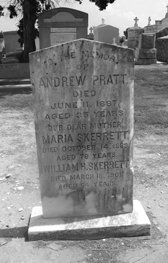
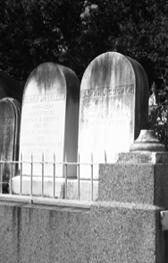
MARKER HEADSTONE
Any non-tomb mortuary structure which marks a below-grade burial, but does not contain an interment and whose form is often sculptural.
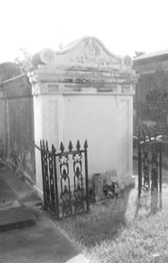
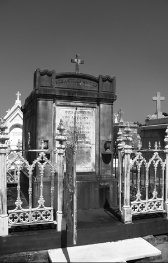

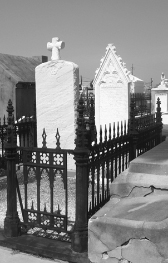
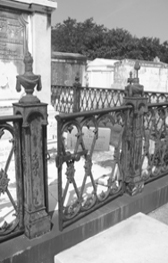
FENCED-IN GRAVE
A somewhat typical sight in a New Orleans cemetery. Resembles the iron work on most French Quarter building. Some tombs or grave markers are circled in a wrought iron fence with a gate. Most are black, some are silver and some are red with rust, but they all have beautiful and intricate designs.

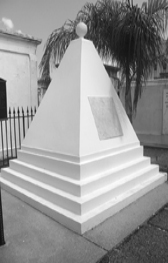

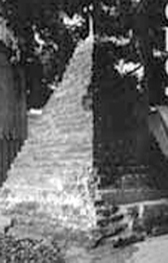
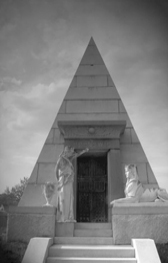
PYRAMID
A freestanding architectural form with four adjacent triangular walls that meet at a common apex and rest on a quadrilateral base.
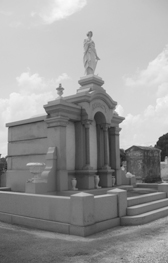

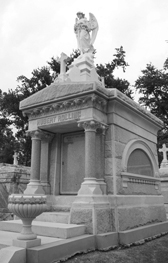
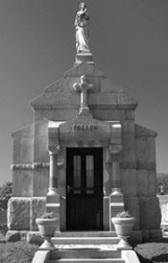
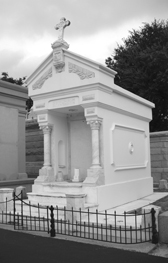
TEMPLE
A tomb design of a scale evocative of a small building. A temple tomb of the classical design will typically display pilasters at each corner or a columned, porticoed facade. Other designs display more elaborate use of columns, structure, and ornament.
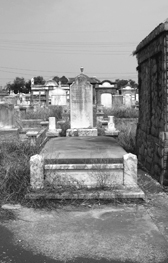

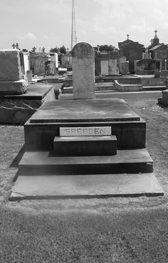

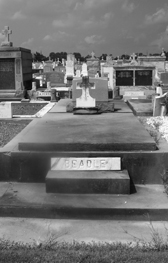
TABLE TOMB
Thought to be a variant of the sarcophagus type, this tomb has a low, flat "table" top resting on supports on top of the burial receptacle, which functioned as a surface for vases and ceremonial libations commemorating the dead.
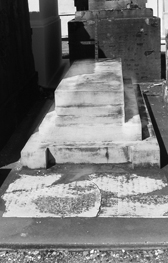
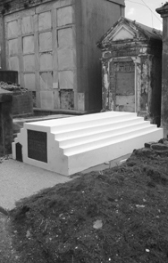
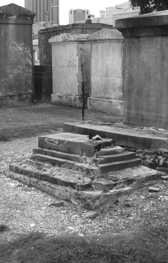

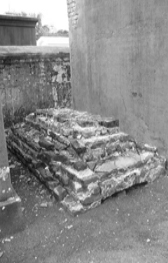
STEPPED TOMB
Of this tomb type, several variations exist, the simplest being a low structure with a flat top surmounting one or more stepped platforms. Modifications include the addition of an elevated pedimented or truncated facade, and the use of multiple vertical or horizontal chambers.
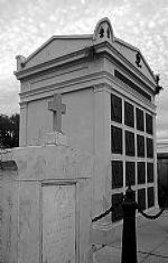
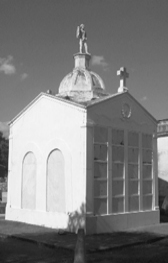
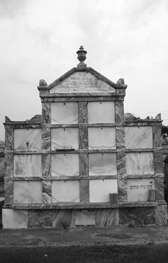
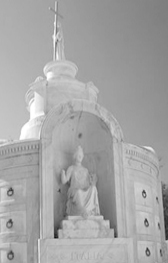
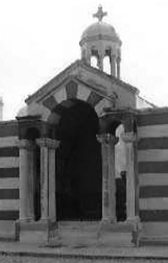
SOCIETY TOMB
Professional or benevolent societies were common in the early history of New Orleans and served to administer to the burial needs of the individuals who belonged to them. There are many historically important ethnic groups as well as volunteer firemen groups represented by this tomb style. A society tomb is a multi layered tomb wall that contains several burial vaults. They are like mausoleums in most ways, except that most people in a society tomb are connected in some way.
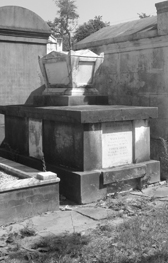

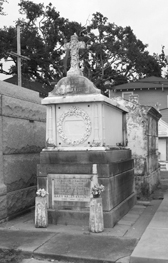
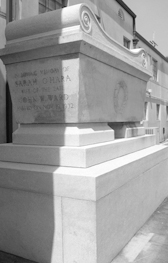
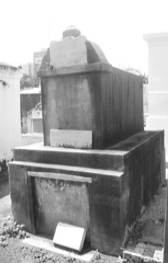
SARCOPHAGUS
A stone container for a body or “coffin.” The 5th century BC Greek historian, Herodotus, noted that early sarcophagi were carved from a special kind of rock that consumed the corpse inside. In its classical form, this tomb style resembles an actual coffin covered with a heavy stone lid, resting either on a podium or a low foundation.

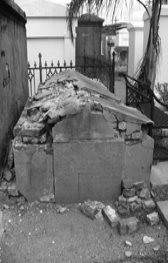
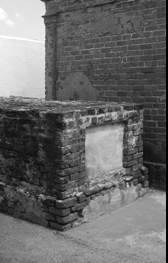
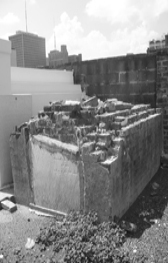
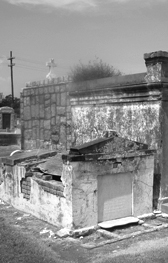
PLATFORM TOMB
A single or multiple vault tomb whose height is equal to or less than its width.

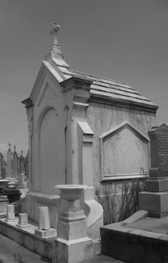


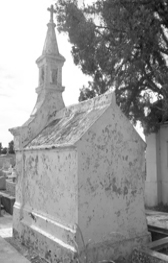
PITCHED ROOF TOMB
A basic tomb type in which the roof is pitched, and usually defined either by end gables or a facade variation. Facades are typically pedimented (triangular), truncated (a modified pediment in which the top is flat, and usually serves as the base of a vase, cross, or monument), or elevated with a center lunette. The pedimented version often contains acroteria on each end (a corner ornament). This style is found on multiple and society tombs.
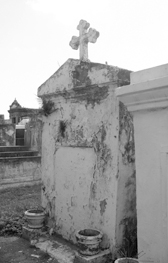

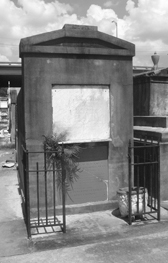
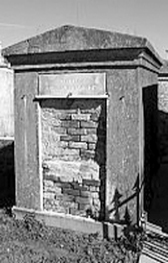
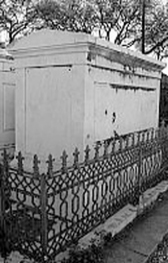
PEDIMENT TOMB
A multiple vault tomb whose height is greater than its width and whose top is surmounted by an integrated front gable end pediment of flat, triangular or segmental design.
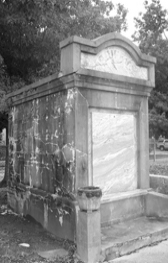
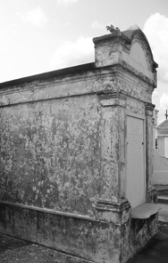
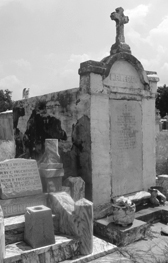
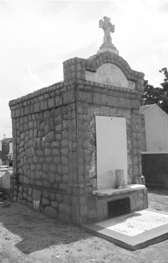
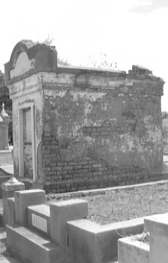
PARAPET TOMB
A single or multiple vault tomb possessing a raised parapet front concealing the roof behind. The parapet itself is a low protective wall along the edge of a roof, bridge, or balcony, essentially a barrier used for protection.
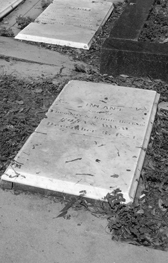
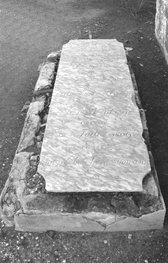
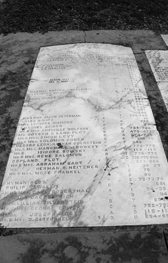

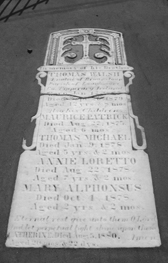
LEDGER STONE
Large and flat stone that is placed on top of the grave site. It sits flush with the ground. They can be plain or inscribed. Some have headstones and footstones.
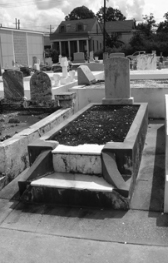
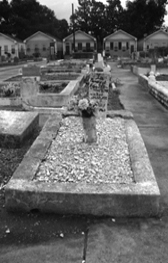
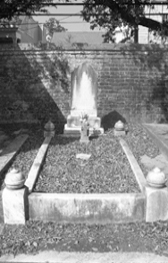
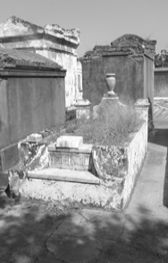
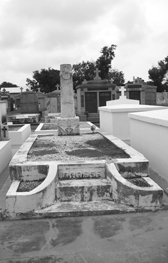
COPING TOMB
An above ground burial. Uncovered empty chambers framed by stone, brick and plaster. They are filled with earth and are built up to 3 feet from the ground. This allows for burial in the soil. They can entomb repeatedly in one coping.
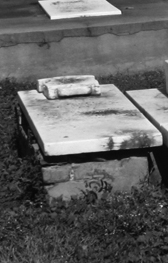

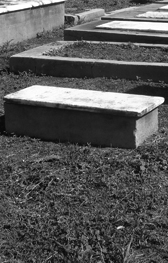
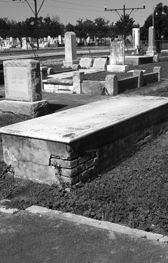
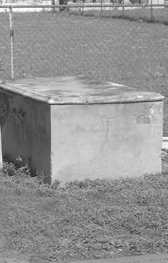
BOX TOMB
Box tombs are built with a ceiling and walls but no floor. They appear to be a "box" on the ground, however, they are about five feet deep. They were built this way to fool grave robbers into thinking that the body was inside the box, when they were actually deep inside the ground.
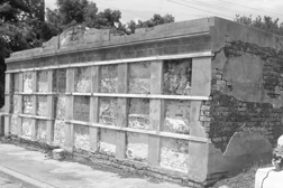
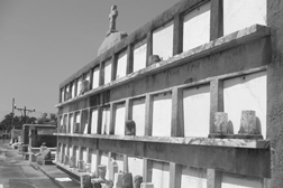
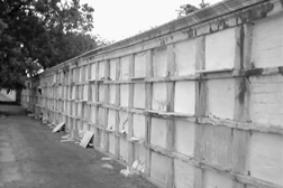
WALL VAULTS
Burial compartments within perimeter of burial ground. One vault was often used for an entire family. After a respectable time, the remains of a burial were pushed to the back where construction of the vault allowed it to fall to a receptacle below; the space was then ready for another recipient. These compartments were vaulted in early construction. This later gave way to the flat marble lintel slab as seen in construction of wall vaults in Lafayette Cemetery No. 1.
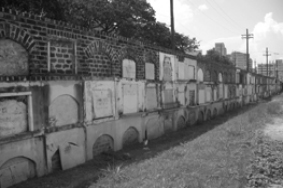
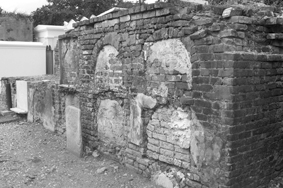
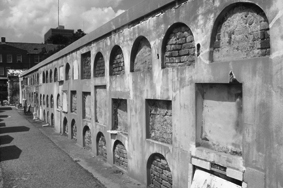
OVEN VAULTS
Wall vault commonly known as an "oven" vault because of its arched shape. St. Louis No. 1 & No. 2 are surrounded by these vaults which serve as burial sites as well as the wall to the cemeteries.
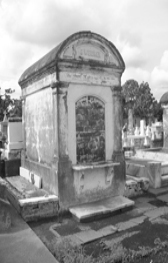
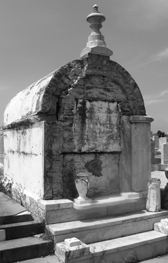
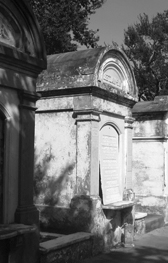
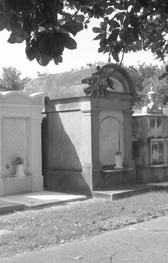
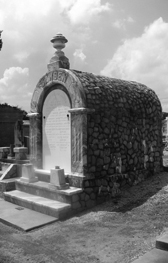
BARREL-VAULTED TOMB
A tomb characterized by a vaulted roof, usually constructed of brick and then plastered, and typically employing a facade variation. Construction of the vaulted ceiling of these tombs using brick required a fair level of expertise as is amply illustrated by the masonry-work of this era. Use of the vaulted ceiling was supplanted by the false lintel slab in the mid-nineteenth century.

SITE CURRENTLY UNDER CONSTRUCTION.
• • •
Please pardon our pixel dust!
SITE CURRENTLY UNDER CONSTRUCTION.
